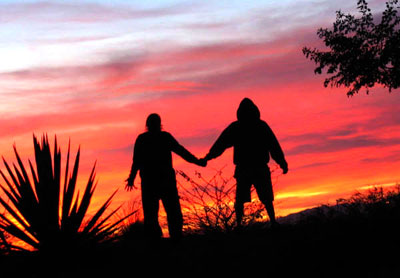All Nonfiction
- Bullying
- Books
- Academic
- Author Interviews
- Celebrity interviews
- College Articles
- College Essays
- Educator of the Year
- Heroes
- Interviews
- Memoir
- Personal Experience
- Sports
- Travel & Culture
All Opinions
- Bullying
- Current Events / Politics
- Discrimination
- Drugs / Alcohol / Smoking
- Entertainment / Celebrities
- Environment
- Love / Relationships
- Movies / Music / TV
- Pop Culture / Trends
- School / College
- Social Issues / Civics
- Spirituality / Religion
- Sports / Hobbies
All Hot Topics
- Bullying
- Community Service
- Environment
- Health
- Letters to the Editor
- Pride & Prejudice
- What Matters
- Back
Summer Guide
- Program Links
- Program Reviews
- Back
College Guide
- College Links
- College Reviews
- College Essays
- College Articles
- Back
The Kite Runner
When a director chooses to create a film from a highly successful and complex book he has an enormous challenge. Scenes will be deleted, characters altered and concessions made to the restrictions imposed by the movie format. This is certainly the case for director Marc Forster’s The Kite Runner.
With superb character development in the novel, the reader has distinct ideas on how they should be portrayed. The casting of the film meets with mixed reviews. The characters of Amir, as both child and man were well portrayed. Hassan, Ali and Baba also were appealing. Assef, however, is portrayed by a boy, then a man, with brown hair and brown eyes. In the book he is said to have blonde hair and blue eyes. That may seem a minor point, but watching the movie the viewer can not see the irony behind Assef saying him and Amir are the real Afghanis.
The irony and the symbols in the book are powerful and compelling. Such important images as the brown corduroy pants have been eliminated entirely. This cleft lip also is not part of the movie. These symbols are the richness that brought acclaim to the text.
The scenery of the film was a strength. The drama of the setting is perhaps more powerful in a movie than a book. Pages of description of landscape and light can be a bore, but as a backdrop to action they enhance the story immeasurably. We are swept as viewers into a foreign space that carries sounds and evokes emotions with ease. The house that Baba and Amir call home is elegant, the countryside dramatic.
Even after reading the book and knowing how things develop, the film was able to evoke emotions of fear and suspense at times. The scene of Assef confronted by Amir was intense and well done. Other scenes, such as the kite tournament are forgettable at best. The sequence of events leading to the rescue also is flat as is the exit from Afghanistan with the boy.
Overall the film gets a grade of a B, most of the casting is good, the scenery is stunning but the emotional range mediocre.

Similar Articles
JOIN THE DISCUSSION
This article has 0 comments.
